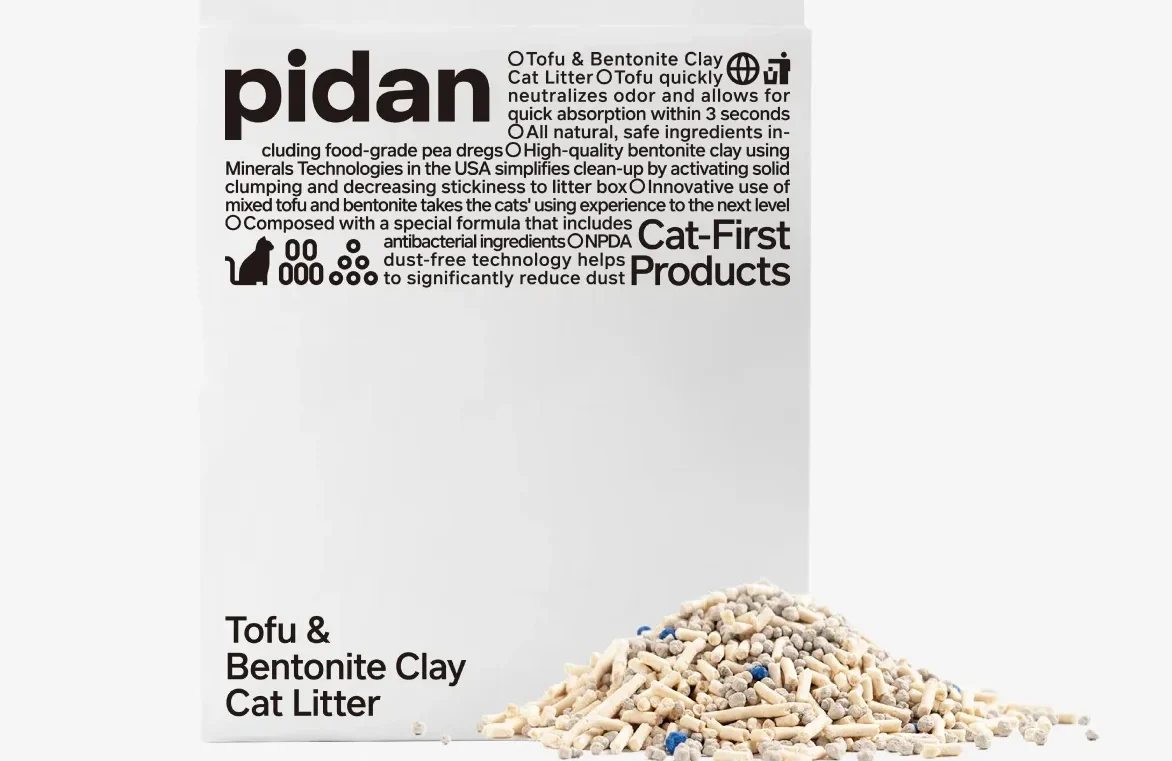- Home
- Blogs
- Pet Insurance
- Key Factors to Consider When Evaluating a Pet Insurance Provider
Pet Insurance PRO Tips -What to Consider When Evaluating a Pet Insurance Provider

Discovering high-quality products that cater to your dog’s needs and lifestyle is a top priority for many pet owners. However, when it comes to the multitude of available pet insurance providers, how can you make the right choice? In your quest for pet insurance tips, selecting a reputable plan that offers trustworthiness, advantages, and adaptability is crucial. While you hope you never have to utilize pet insurance, having a dependable provider is essential in case the need arises.
To assist you in making an informed decision, we’ve outlined various pet insurance tips from reliable pet insurance providers. Before committing to a provider, we encourage you to inquire, research, and compare plans thoroughly to find one that aligns best with your dog’s lifestyle and your specific needs. Factors such as your dog’s medical history, age, breed-specific common illnesses/conditions, your geographic location, and your budget should all be considered before making a choice with a pet insurance provider.
Minimal Waiting Period
During your search for a pet insurance provider, you’ll likely encounter plans that include a waiting period. This means there is a specific duration you must wait before the insurance coverage takes effect. The waiting period’s length can vary from plan to plan, with some being more extended than others.
When seeking a reliable pet insurance provider, opting for one with a shorter waiting period can prove more advantageous, as it reduces the time before you receive coverage. It’s important to note that most pet insurance plans come with a deductible that pet owners must meet before limiting their out-of-pocket expenses. Therefore, both the deductible and the waiting period can contribute to the delay in coverage. Some providers may also impose waiting periods for specific treatments (e.g., surgeries), so it’s essential to thoroughly review this aspect of any plan. If a plan has an extended waiting period, any medical issues that arise during that time could be deemed pre-existing conditions, resulting in the exclusion of further treatment for the same medical issue.
While this isn’t to say that pet insurance providers with long waiting periods are necessarily “bad,” if waiting for coverage is a concern that doesn’t align with your dog’s lifestyle and health history, it’s advisable to seek a provider offering a shorter waiting period.
Positive Reviews and Reputation
Most pet owners want the best for their dogs, making it crucial to examine reviews and assess the reputation of a pet insurance provider before making a decision. A reputable pet insurance provider will not only boast excellent reviews but also provide a platform for pet owners to share their feedback, making it visible for others to see. In cases where negative reviews exist, the insurance company should address them with explanations or offers of additional assistance. The way they handle customer service matters, as you may need to reach out to the company for support and expect to be treated with respect and urgency.
Identifying a trustworthy pet insurance provider may require some research, both online and through conversations with fellow pet owners. However, armed with this information, you can likely narrow down your options to a select few providers known for their reliability.

Flexible Reimbursement Percentage and Deductible
The reimbursement percentage, indicating the coverage amount you receive, can significantly differ depending on the pet insurance provider. For instance, if a plan offers 80% coverage, it means you’ll be reimbursed for that percentage of the expenses incurred, after your deductible has been met.
The deductible represents the amount you must pay before the insurance coverage commences. For instance, if you have an emergency vet visit with a total bill of $800 and your insurance deductible is $1000, you won’t receive reimbursement for a portion of that bill. In this case, you must reach the $1000 deductible threshold before the insurance starts covering a portion of the remaining treatment costs.
While various factors distinguish pet insurance plans from one another, the reimbursement percentage and deductible are two critical components that can set certain insurance providers apart. A plan that offers 100% coverage and a $0 deductible may seem ideal, but in practice, you want to find a provider offering flexible plans that enable you to adjust the reimbursement percentage and deductible according to your budget.
A low deductible may result in higher monthly premiums, whereas a low reimbursement percentage may lead to lower premiums but may not be as beneficial if your dog requires extensive treatment. It’s about striking a balance and finding the right coverage level that suits both your budget and your furry family member.
While the goal is to receive a substantial reimbursement percentage to avoid excessive expenses for specific services, you still want to pay a premium that aligns with your financial resources. A good pet insurance provider will offer extensive flexibility and options in this regard.
Efficient Claim Processing
In the event you find yourself needing to rely on pet insurance to cover expenses, you may initially have to cover the costs out-of-pocket before seeking reimbursement. While exploring pet insurance plans, pay close attention to the claim processing time, as this will dictate when you can expect to receive your reimbursement. A pet insurance provider with an extended processing time may not be the most suitable choice, particularly if budgeting is a concern. Conversely, a swift processing time, often within 1-3 days, can provide you with greater peace of mind and encourage you to proceed with any necessary treatments for your dog.
On the subject of claim processing, a pet insurance provider offering a straightforward claim filing process is also highly desirable. When your dog requires emergency treatment, the last thing you want to contend with is a cumbersome claim procedure. Familiarizing yourself with the process in advance can save you potential headaches down the road.
Coverage for Genetic and Hereditary Conditions
If your dog’s breed is predisposed to certain medical conditions, but your dog has not yet developed them, securing a pet insurance provider that extends coverage to genetic and hereditary conditions could be a decision your future self appreciates. Naturally, the suitability of this coverage will depend on your dog’s unique circumstances, but locating a pet insurance provider that offers this type of coverage can prove highly advantageous.
When choosing a pet insurance provider, it’s essential to take note of any exclusions they may impose. Some providers may decline coverage based on a dog’s age or breed, citing genetic and hereditary conditions as reasons for exclusion.

Pet Insurance PRO Tips - Selecting the Right Pet Insurance for Your Dog
With a plethora of providers to choose from and an even greater array of plans to compare, selecting the right pet insurance provider for your dog might initially seem like a daunting decision. However, it ultimately boils down to assessing your dog’s current stage of life, anticipating potential future conditions or challenges they may face, and choosing a plan that aligns with your budget.
We understand that ensuring the happiness and well-being of your dog is of utmost importance, and identifying a pet insurance provider that aligns with your dog’s requirements holds significant value. If you require assistance in selecting the appropriate insurance for your beloved pets, please don’t hesitate to reach out to us. By simply responding to a few inquiries, we will assist you with Pet Insurance PRO Tips in discovering the most suitable plan for your specific needs.
.webp)






